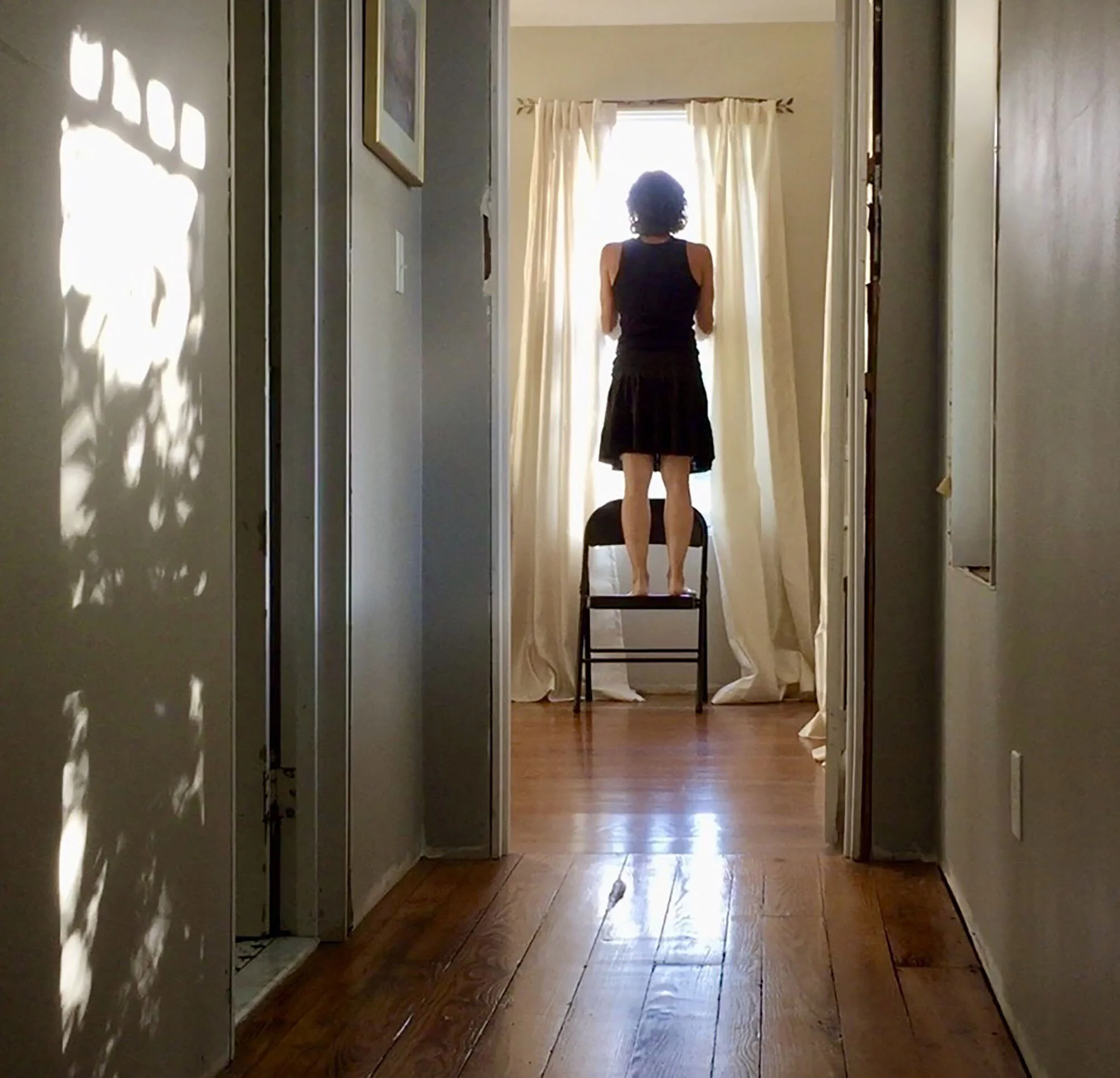Could Smaller Houses Enrich Our Community?
One thing you can say for sure about houses in Swarthmore: they don’t get cheaper.
This is partly because we live in a civic-minded community with good public schools and a beautiful college-cum-arboretum. People want to move in. Who can blame them? Many years ago, when I lived in Delaware, I used to visit friends in the borough and go home filled with envy. When my spouse got a job up here, I felt we’d won the lottery. I still feel that way.
Another reason house prices keep going up: many Swarthmore homeowners like to not only renovate their houses, but also expand them. People want a separate family room, a ground-floor bathroom, and a room for the exercise bike. These are nice things to have.
As houses in the borough keep getting bigger, they fetch higher sale prices when they turn over. This means that the people who can afford to move to this town have to be increasingly rich. Renovated kitchens, and attics converted to bedrooms, also drive up housing costs. So do additions that fall plainly within the bounds of Swarthmore’s zoning code.
Sometimes, though, a homeowner wants to do something that pushes the boundaries of the code. Maybe a new family room edges closer to the lot line than the law permits. In clear-cut cases, the borough’s zoning officer will explain to them that they can’t, and that’s that.
But not all situations are clear-cut. There’s some wiggle room in the zoning code. In these cases, homeowners can go to the Zoning Hearing Board to apply for a variance. I served on the ZHB for a while, and I can tell you that it’s not always easy to say no to your neighbor, even if you suspect their case is a little dicey, zoning-code-wise.
What’s wrong with that? It’s their property, after all. Right?
But while the property belongs to one person or family, the town belongs to all of us. That’s why zoning codes exist in the first place: to regulate, in the public interest, what private citizens can build. In Swarthmore, you can’t construct a five-story tower in the middle of a residential block. You can’t site your garage at the front of your property.
A few years ago, I house hunted with a friend who was moving back to the area after a couple of decades away. A retiree with some savings but a fixed income, she could not afford anything in Swarthmore with a yard for her two dogs. She ended up in a twin in Ridley, which worked well for her.
More recently, I talked to two new professors at Swarthmore College, each of whom failed to find houses they could afford in the borough. They too found houses they’re happy with in nearby towns.
This isn’t about them. This is about me. It’s about who I want my neighbors to be.
This is about us, and what kind of community we want to be.
A few weeks ago, I went to a Swarthmore Planning Commission hearing called to determine whether a piece of property on the north edge of town could be subdivided so that two houses could be built where one now stands. A lot of neighbors were upset about the subdivision, largely for reasons I understand. They were unhappy that a historic house (though now abandoned and mostly ruined) would be razed. And I understood their worry that the new houses might be ugly and cheaply built.
Several speakers also urged the developer to build one big house he could sell for a lot of money, instead of two smaller ones. That’s where I parted company with them.
I’d love to see more smaller houses in Swarthmore. I’d love to see owning a home in this town stay within the reach of people with a range of means: not just lawyers and business executives and physicians, but teachers and musicians and postal carriers. We have a few of these, sure. But, unless they’re cohabiting with people in the first category, for how long?
Last year, Seattle changed its zoning code to permit small houses (“accessory dwelling units”) to be built behind larger ones. Perhaps we might legalize ADUs here. Seattle requires them to be either built to a particular green standard, or be rented to people with incomes below a certain level. These qualifications — or others — could work here.
Or perhaps there are other creative solutions the Swarthmore Planning Commission might borrow from other municipalities or dream up themselves.
I’m glad I bought my house in the borough back in 2000. It’s hard to see how a newspaper editor and her college professor spouse could afford one now.
Rachel Pastan
Editor



